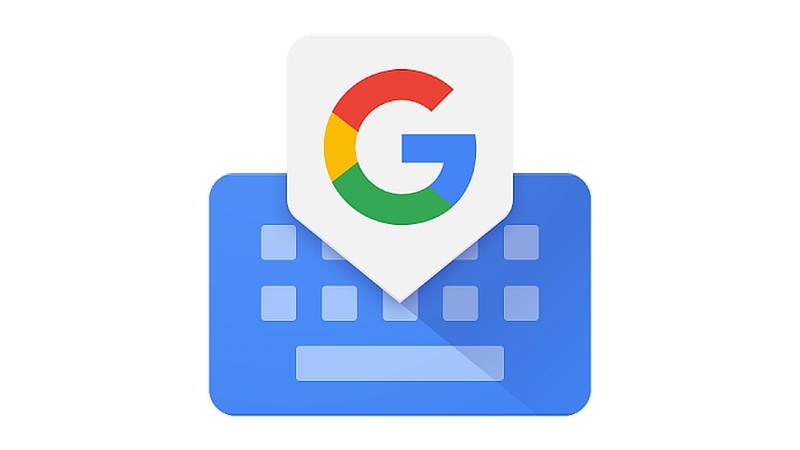Mivi AI Will Be Available as a Freemium Offering, Will Require the Companion App
Mivi, the Hyderabad-based consumer tech brand, shared more information about its soon-to-be-released Mivi AI voice assistant with Gadgets 360 recently. The company shed light on the workings of the AI model, text interface, freemium model, and training methods. Notably, the AI system is primarily a voice-based experience, and users can have conversations with various avatars, as well as ask queries, recipe suggestions, and even get a curated list of news headlines. Mivi AI is currently under development and is expected to be released soon.
Mivi AI Will Be Available to Users for Free
Based on the demo shared by the company, Mivi AI appears to be an AI-powered voice assistant that users can have conversations with as long as they have a compatible earbuds plugged in.
However, the company explained that two components are required before users can access the AI assistant. The first is the AIBuds — the upcoming earbuds from Mivi, which is currently the only device that supports the AI. The second is Mivi Audio, the company’s companion app for mobile devices. The assistant will only work when a user has connected the AIBuds with the companion app.
The company also said that Mivi AI will be an entirely “text and screen-free” experience. This means the company is opting for a voice-based experience. However, this does not mean there is no text interface. Mivi said that the companion app will show a text interface, however, it is only aimed at storing conversations, and not to have conversations with the AI.
Another interesting piece of information shared by the company is that Mivi AI will be a free service, which means as long as users own a pair of compatible earbuds, they do not need to pay for anything else. However, the Hyderabad-based consumer tech brand is also planning a freemium model with the AI service. This means there will be an optional paid subscription, similar to Gemini and OpenAI, which will offer more premium features.
Finally, the company also explained details about the AI model and its training process. Notably, Mivi AI is an in-house AI model built from scratch by the company. It has been trained on thousands of custom datasets which include large number of audio samples in various accents, tones, and across different scenarios such as high background noise. Mivi says due to this, the AI model can easily pick audio from users even if they are in an outdoor or noisy area.
For the latest tech news and reviews, follow Gadgets 360 on X, Facebook, WhatsApp, Threads and Google News. For the latest videos on gadgets and tech, subscribe to our YouTube channel. If you want to know everything about top influencers, follow our in-house Who’sThat360 on Instagram and YouTube.








